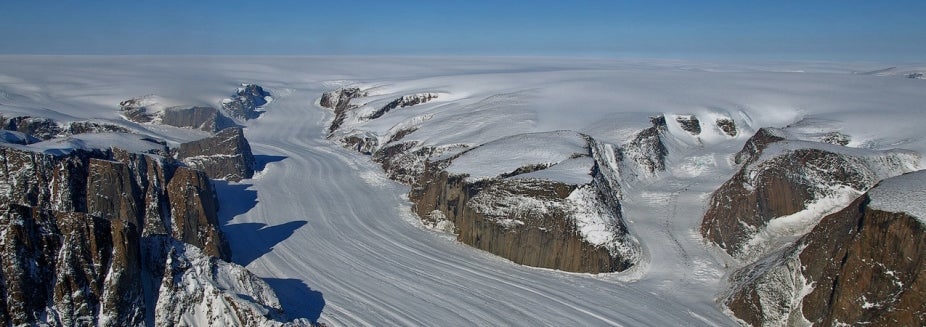Ice Sheets and Sea Level Rise
Mass loss from the Greenland and Antarctic ice sheets is accelerating, and ice sheets are expected to be the dominant contributor to global sea level rise in the next several decades. Although advanced ice sheet models are now included in Earth system models, projections of future sea level rise remain very uncertain, with high-end estimates of more than 1 meter by 2100. NSF NCAR scientist William Lipscomb will discuss the challenges of simulating ice sheets and their interactions with the ocean and atmosphere using the Community Earth System Model. This talk will cover the basics of ice sheet modeling and the likelihood of abrupt sea level rise.
William Lipscomb
William Lipscomb is a senior research scientist in NSF NCAR's Climate and Global Dynamics (CGD) laboratory, where he directs the development of land-ice models for the Community Earth System Model (CESM). He is especially interested in using global climate models to simulate the evolution of the Greenland and Antarctic ice sheets, and thus provide coastal stakeholders with useful, realistic projections of sea level rise. He is a co-chair of the CESM Land Ice Working Group, and in 2012 he received the CESM Distinguished Achievement Award for contributions to sea ice and ice sheet modeling. For many years he was a climate scientist at Los Alamos National Laboratory in New Mexico, before joining NSF NCAR in 2017.
